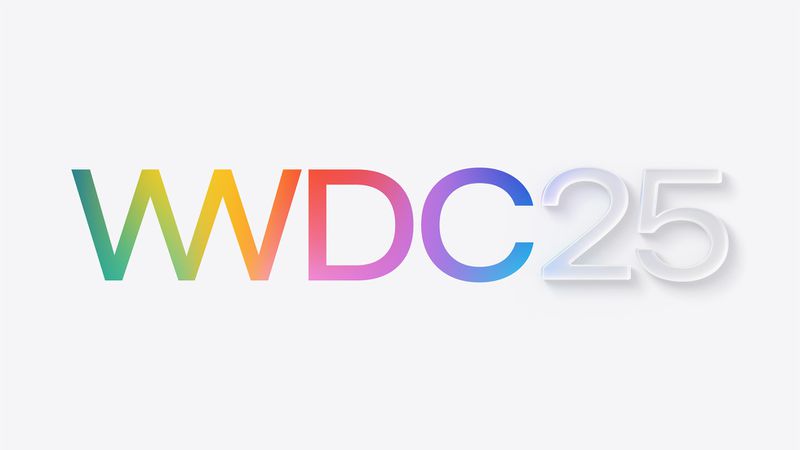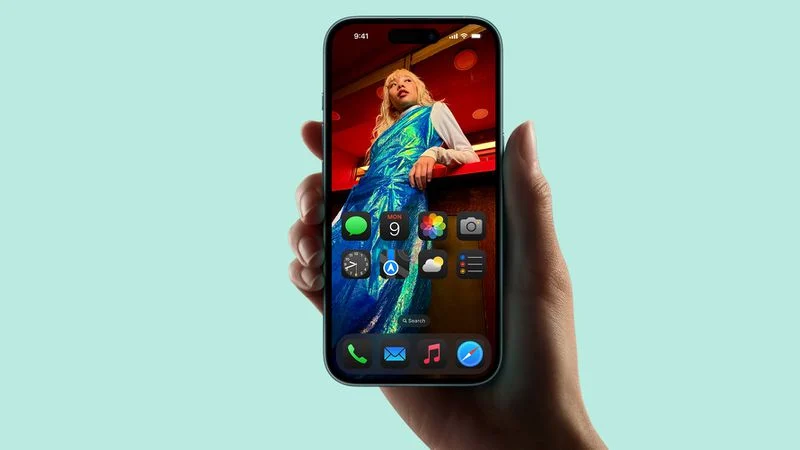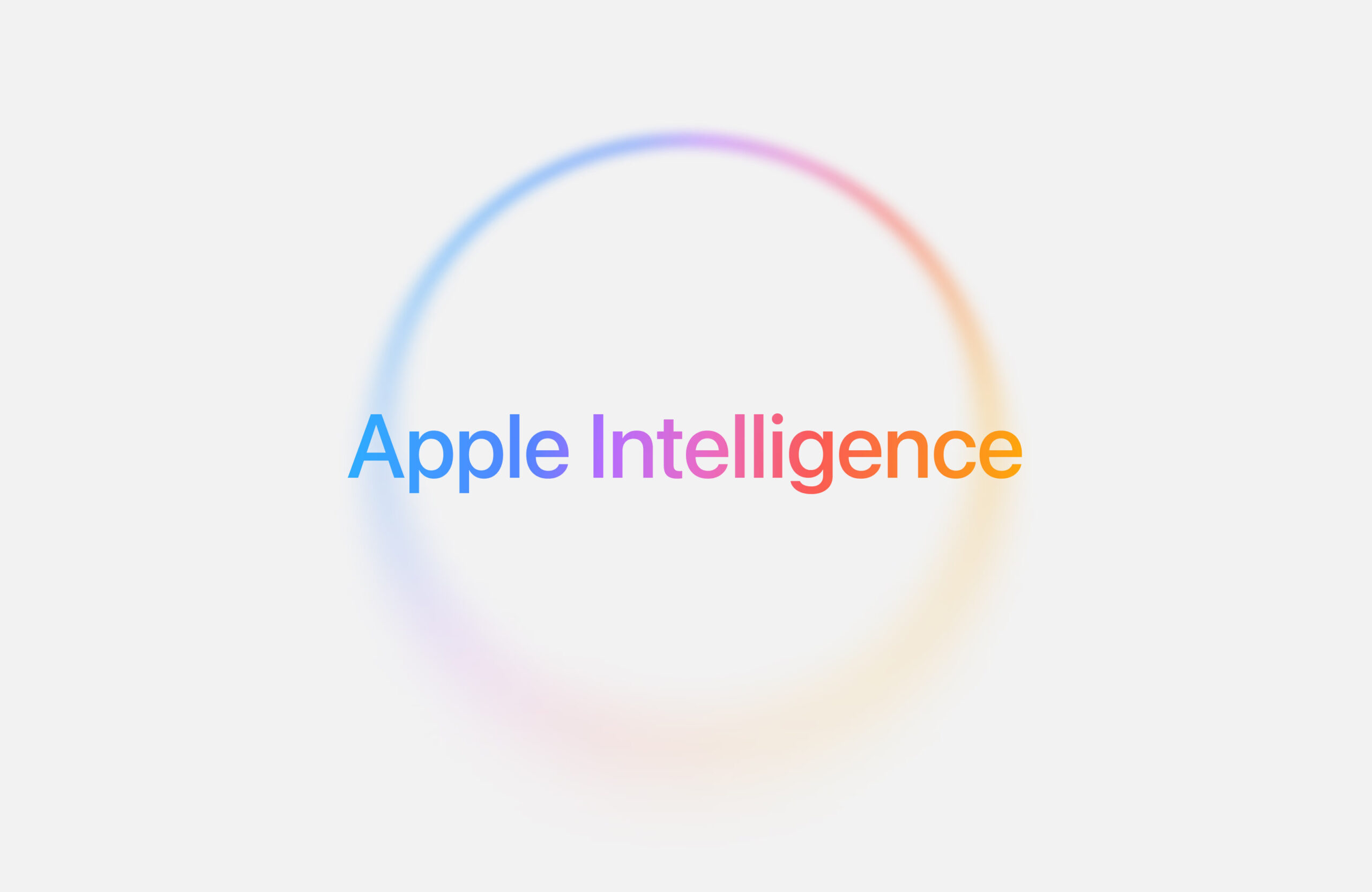Apple has settled a $95 million lawsuit over claims that its voice assistant, Siri, recorded private conversations without user consent. If you owned a Siri-enabled device, you might be eligible for a small payout. The lawsuit, filed in 2019, alleged that Siri accidentally captured personal talks, which were then used to serve targeted ads for products like shoes or restaurants mentioned in those conversations.
The settlement applies to U.S. residents who owned or bought a Siri-enabled device, such as an iPhone or iPad, between September 17, 2014, and December 31, 2024. If you believe Siri recorded your private chats without permission, you can file a claim. Eligible users may receive up to $20 per device, for a maximum of five devices, meaning a possible payout of up to $100. However, the final amount depends on how many people apply and after legal fees and other costs are deducted.
Apple denies any wrongdoing but agreed to the settlement to resolve the case. If you’re eligible, check your email for a notice titled “Lopez Voice Assistant Class Action Settlement.” The email will guide you on how to submit a claim. With the settlement fund reduced by administrative and attorney costs, the payout per person may be modest, but it’s worth checking if you qualify.






